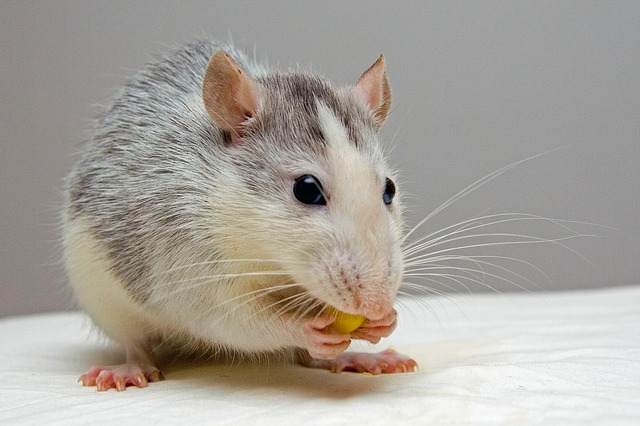
For the first time, the rat version hepatitis E virus (HEV) has crossed over to humans and the first case has been recorded in Hong Kong. This event is of "major public health significance", says the University of Hong Kong.
There was no previous case of rat HEV jumping to humans and so far, there has been no evidence of this happening, says the study. Rat HEV is a distant relative of the human HEV, notes a report by MedicalXpress.
The disease was found in a 56-year-old male patient who had undergone a liver transplant and then persistently showed abnormal liver function tests, said the University. The patient could have contracted this illness by eating food tarnished by rat droppings, they explained.
"This study conclusively proves for the first time in the world that rat HEV can infect humans to cause clinical infection," reported HKU. The man was from a region that was severely infested by rats and this was the case just outside his residence, notes the report.
Following a recent spell of hot and humid weather in Hong Kong, the rodent issues in the city have escalated, notes the report. The region has also reportedly been hit by a spate of diseases in the past. One such outbreak in 2003 called the Severe Acute Respiratory Syndrome (SARS) was responsible for the death of at least 300 people and was touted to become a fast-spreading epidemic. However, it was contained quickly.
As for rat-carried infections, the bubonic plague reached Hong Kong in the late 19 century through Mainland China, killing thousands in the process.
HEV in its human strain is a liver disease that affects tens of millions of people each year, says the WHO. Spread through contaminated drinking water, it is known to cause a list of problems for affected patients. The symptoms include fever, vomiting, jaundice, and in severe cases, can lead to liver failure.
The disease, according to the NVHR, usually goes away by itself in a few weeks, but can cause quite a lot of discomfort for sufferers. It is not a fatal disease, but it can kill up to 2 percent of its victims.
It is not clear at this time if the rat version of the disease is as dangerous.









